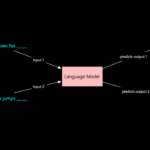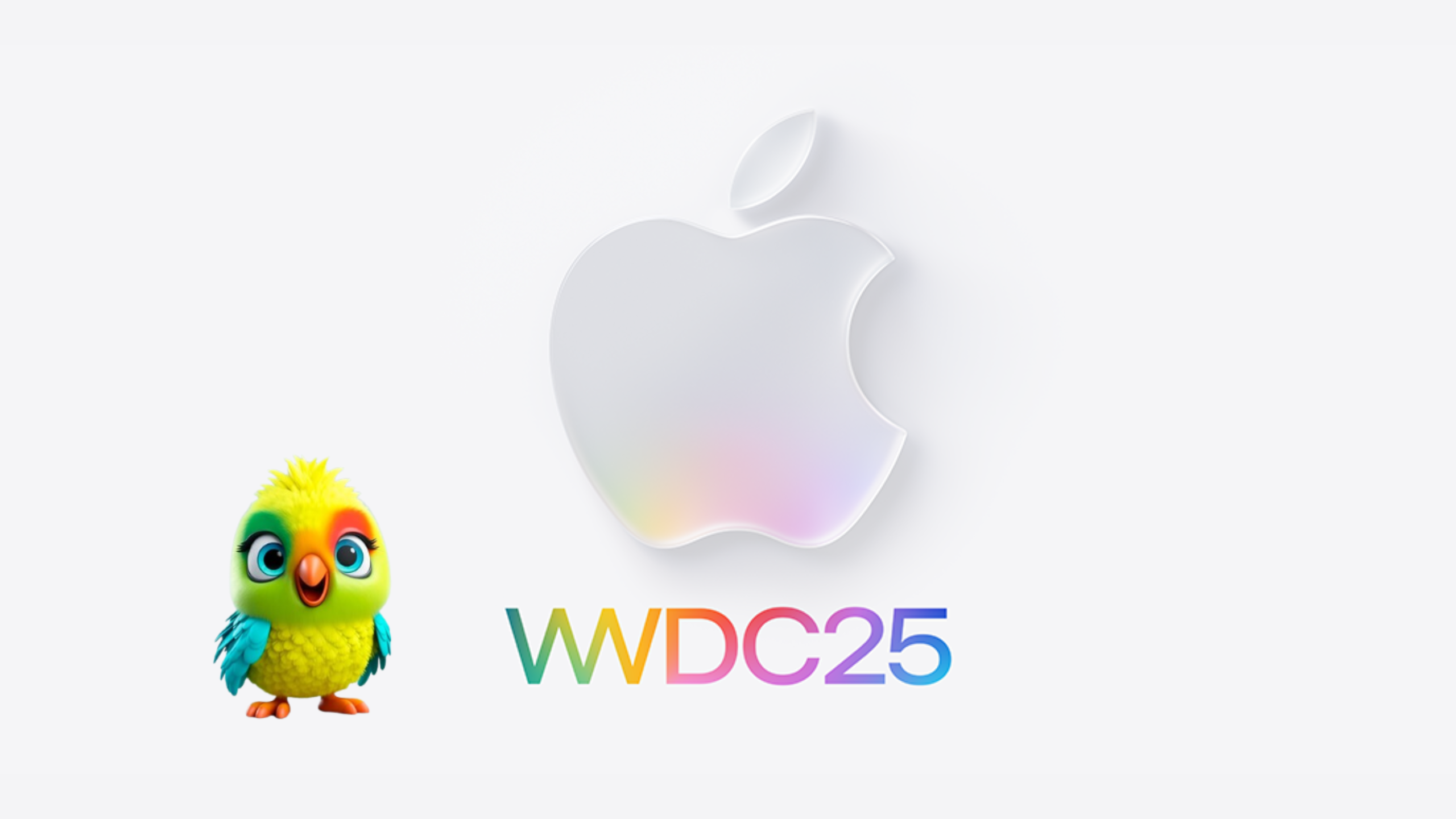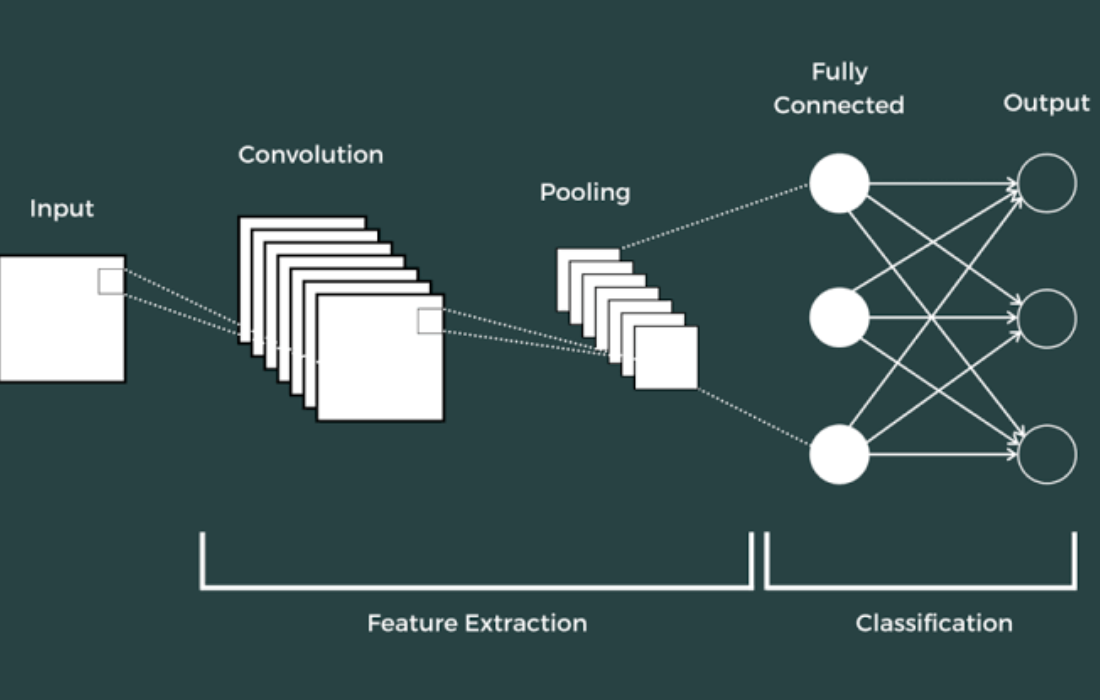Introduction: The Next Chapter in iPhone Innovation
The iPhone 17 series represents Apple’s latest endeavor to push the boundaries of smartphone technology while refining the user experience that has captivated millions worldwide. With the September 2025 announcement, Apple has once again raised the bar with innovative features and significant improvements across its entire lineup, including the standard iPhone 17, the premium iPhone 17 Pro and Pro Max, and the entirely new iPhone Air model. This comprehensive comparison will explore how the newest iterations stack up against their predecessors, examining the evolution of design, camera capabilities, performance, and exclusive features that define the iPhone experience. As we delve into the specifics, we’ll uncover whether upgrading to the latest model is worth the investment and how Apple’s continuous innovation has transformed the smartphone landscape over the years.
The launch of the iPhone 17 series comes at a pivotal moment for Apple, as noted by Futurum Group CEO Daniel Newman, who mentioned that the company is facing questions about its artificial intelligence efforts amid what some consider “incremental” improvements in recent years. However, with the integration of Apple Intelligence across the lineup and substantial hardware upgrades, the iPhone 17 series aims to address these concerns head-on, offering users a compelling reason to upgrade .
1 Design and Durability: Evolution of Form and Function
1.1 Material Innovations Across Generations
iPhone 17 Series: Apple has introduced a striking new design for the iPhone 17 Pro models, featuring a brushed aluminum unibody crafted with lightweight aerospace-grade 7000-series aluminum alloy. This marks a return to aluminum after the titanium frames used in iPhone 15 Pro and iPhone 16 Pro models, offering improved thermal performance . The standard iPhone 17 maintains an aluminum frame with color-infused glass back available in five finishes: Black, Mist Blue, Sage, Lavender, and White .
iPhone Air: The newest addition to the lineup features a titanium frame, making it the thinnest iPhone ever at just 5.6mm thick. This represents Apple’s first major design overhaul since the iPhone X in 2017, offering a premium alternative that balances durability with minimalist aesthetics .
Previous Models: The iPhone 16 series featured aluminum frames for standard models and titanium for Pro models, while earlier generations utilized stainless steel frames for Pro devices (iPhone 12 Pro through iPhone 14 Pro) and aluminum for standard models. The evolution of materials demonstrates Apple’s continuous pursuit of the optimal balance between durability, weight, and thermal management .
Read: The AI Battle Between Mark Zuckerberg and Sam Altman
1.2 Display and Durability Enhancements
The iPhone 17 series introduces Ceramic Shield 2 protection on both front and back (Pro models), offering 3x better scratch resistance than previous generations and 4x better crack resistance on the back compared to earlier models . All models in the iPhone 17 lineup now feature ProMotion technology with adaptive refresh rates up to 120Hz, a feature previously reserved for Pro models .
Table: Display Comparison Across Recent iPhone Generations
| Model | Display Size | Peak Brightness | Refresh Rate | Protection |
|---|---|---|---|---|
| iPhone 17 Pro Max | 6.9 inches | 3000 nits | 120Hz ProMotion | Ceramic Shield 2 |
| iPhone 17 Pro | 6.3 inches | 3000 nits | 120Hz ProMotion | Ceramic Shield 2 |
| iPhone 17 | 6.3 inches | 3000 nits | 120Hz ProMotion | Ceramic Shield 2 |
| iPhone 16 Pro Max | 6.9 inches | 2000 nits | 120Hz ProMotion | Ceramic Shield |
| iPhone 16 | 6.1 inches | 2000 nits | 60Hz | Ceramic Shield |
| iPhone 15 | 6.1 inches | 2000 nits | 60Hz | Ceramic Shield |
The iPhone 17 standard model’s display has grown to 6.3 inches from the iPhone 16’s 6.1 inches, while maintaining similar physical dimensions thanks to thinner bezels . This represents Apple’s commitment to maximizing screen real estate without increasing the overall footprint of the device, a trend that began with the iPhone X’s edge-to-edge display.
Read: What Is a Prompt Injection Attack?
2 Camera Capabilities: From Basic Shots to Professional Imaging
2.1 Revolutionary Front Camera System
The iPhone 17 series introduces the most significant upgrade to the front camera system since the introduction of Face ID. The new 18MP Center Stage front camera features a square sensor, enabling several innovative capabilities:
Vertical or horizontal capture: Users can now take photos and videos in either orientation without rotating their phone
AI-powered group selfies: The camera automatically expands the field of view and can rotate from portrait to landscape to include everyone in frame
Enhanced video capabilities: Supports 4K HDR recording with ultra-stabilization and Dual Capture (simultaneous front and rear recording)
This represents a substantial leap from the 12MP TrueDepth camera found in iPhone 16e and earlier base models, which lacked these advanced computational photography features .
2.2 Rear Camera Evolution
The photographic capabilities of iPhone have undergone a remarkable transformation over the generations:
iPhone 17 Pro Models: Feature a triple 48MP Fusion camera system (Main, Ultra Wide, and Telephoto) with the longest optical zoom ever on iPhone at 8x (200mm). The new tetraprism telephoto design offers a 56 Percent larger sensor than the previous generation .
iPhone 17 Standard Model: Now features all 48MP rear cameras for the first time in a non-Pro model, including a 48MP Fusion Main with 2x optical-quality telephoto and a 48MP Ultra Wide with 4x the resolution of iPhone 16’s Ultra Wide camera .
iPhone 16 Series: Pro models featured a 48MP Main, 12MP Ultra Wide, and 12MP Telephoto with 5x optical zoom, while standard models had a 48MP Main and 12MP Ultra Wide .
Earlier Generations: The iPhone 13 series introduced sensor-shift optical image stabilization, while the iPhone 12 series brought Night mode to all cameras. The iPhone 11 Pro was the first to feature a triple-camera system, establishing the Pro photography foundation that continues to evolve today .
2.3 Professional Video Features
The iPhone 17 Pro models introduce industry-first video features for pro filmmakers and content creators, including:
ProRes RAW support for greater editing flexibility
Apple Log 2 for enhanced dynamic range and color grading options
Genlock capability for synchronizing multiple cameras and inputs
These features represent Apple’s continued push to position iPhone as a legitimate tool for professional content creation, building upon the ProRes video recording introduced in iPhone 13 Pro and the Cinematic mode that debuted in iPhone 13.
3 Performance and Battery: The Power Behind the Experience
3.1 Chipset Evolution and AI Capabilities
The performance gap between iPhone generations has widened significantly with the introduction of the A19 series chips:
A19 Pro Chip: Found in iPhone 17 Pro, Pro Max, and Air models, features a 6-core CPU, 6-core GPU with Neural Accelerators built into each core, and a 16-core Neural Engine. Apple claims up to 40Percent better sustained performance than the previous generation, ideal for gaming, video editing, and running large local language models .
A19 Chip: Powers the standard iPhone 17 with a 6-core CPU and 5-core GPU with Neural Accelerators. Apple states it delivers 1.5x faster CPU performance and 2x faster GPU performance compared to the A15 Bionic in iPhone 13 .
Historical Context: The A18 Pro chip in iPhone 16 Pro offered approximately 20Percent faster performance than A17 Pro, which itself was a significant leap over the A16 Bionic in iPhone 14 Pro. This steady year-over-year improvement demonstrates Apple’s consistent commitment to performance enhancements .
The integration of Neural Accelerators directly into GPU cores represents a major advancement for on-device AI processing, enabling more sophisticated Apple Intelligence features while maintaining privacy by processing data locally rather than in the cloud .
Read: A Complete Guide to Cartesian Product of Sets
3.2 Battery Life and Charging Improvements
Battery technology has seen incremental but meaningful improvements across generations:
iPhone 17 Pro Max: Offers up to 37 hours of video playback (33 hours streamed), the longest battery life ever in an iPhone
iPhone 17 Standard Model: Provides up to 30 hours of video playback, representing an 8-hour improvement over iPhone 16
iPhone Air: Despite its slim profile, Apple claims “all-day battery life” thanks to optimized internal design and iOS 26 power management
All iPhone 17 models support fast charging with up to 50 Percent charge in 20 minutes using a 40W or higher adapter . This represents a significant improvement over earlier generations; for context, iPhone 13 supported 50 Percent charge in 30 minutes with a 20W adapter.
Table: Battery Comparison Across Recent iPhone Generations
| Model | Video Playback | Streamed Video Playback | Fast Charging Capability |
|---|---|---|---|
| iPhone 17 Pro Max | Up to 37 hours | Up to 33 hours | 50 |
| iPhone 17 Pro | Up to 31 hours | Up to 28 hours | 50 |
| iPhone 17 | Up to 30 hours | Up to 27 hours | 50 |
| iPhone 16 Pro Max | Up to 29 hours | Up to 25 hours | 50 |
| iPhone 16 | Up to 22 hours | Up to 20 hours | 50 |
| iPhone 15 | Up to 20 hours | Up to 16 hours | 50 |
4 Display Technology: Brighter, Smoother, More Immersive
The evolution of iPhone displays has been characterized by consistent improvements in brightness, refresh rate, and durability:
The iPhone 17 series introduces 3000 nits of peak outdoor brightness – the highest ever on iPhone – along with 2x better outdoor contrast compared to previous models . This represents a 50 Percent increase over the 2000 nits offered by iPhone 16 Pro models and a dramatic improvement from the 800-1200 nits typical of pre-iPhone 13 models.
Perhaps more significantly, the standard iPhone 17 now features ProMotion technology with adaptive refresh rates up to 120Hz, previously exclusive to Pro models . This eliminates one of the key differentiators between standard and Pro models, offering all users the benefits of smoother scrolling, more responsive touch input, and improved power efficiency through variable refresh rates.
The Always-On display feature, introduced with iPhone 14 Pro, is now standard across the entire iPhone 17 lineup, along with Dynamic Island which replaced the notch starting with iPhone 14 Pro models . These changes demonstrate Apple’s trickle-down approach to features, where innovations debut on Pro models before eventually reaching the standard lineup.
Read: Monolithic vs Microservices Architecture: Key Differences, Pros & Cons (2025 Guide)
5 Software and Intelligence: iOS 26 and Apple Intelligence
The iPhone 17 series launches with iOS 26, featuring a comprehensive visual redesign Apple calls “Liquid Glass” that makes apps and system experiences more expressive with transparent designs and new animations that adapt dynamically to content . This represents the most significant visual overhaul since iOS 7 introduced the flat design language.
Apple Intelligence, Apple’s comprehensive AI system, is integrated throughout iOS 26 with features including:
Live Translation: Real-time translation of text and audio in Messages, FaceTime, and Phone apps
Visual Intelligence: Ability to search, ask questions, and take action based on content shown on screen
Clean Up: Remove unwanted objects, people, and distractions from photos with a tap
Genmoji: Create custom emoji-like characters using natural language descriptions
While Apple Intelligence is available on previous models (iPhone 15 Pro and later), the A19 series chips in iPhone 17 models offer enhanced performance for these AI features, with faster processing and the ability to run more complex models entirely on-device for improved privacy and responsiveness .
6 Connectivity and Storage: eSIM and Expanded Options
6.1 The Transition to eSIM
Apple has accelerated the transition to eSIM technology with the iPhone 17 series:
eSIM-only models are available in numerous countries including the U.S., Canada, Japan, Mexico, and Gulf states
These models feature an even larger battery taking advantage of space formerly occupied by the physical SIM tray
eSIM offers better security (cannot be physically removed if lost/stolen) and easier management of travel plans
This transition began with iPhone 14 models in the U.S., which were the first to eliminate the physical SIM tray entirely in that market. The expansion to additional countries with iPhone 17 represents Apple’s confidence in the global eSIM infrastructure.
6.2 Storage Options and Pricing
Apple has made significant changes to storage configurations and pricing:
All iPhone 17 models now start with 256GB of storage – double the entry storage from previous generations
Upgrade costs have increased, with the jump from 256GB to 512GB now costing $200 instead of $100
iPhone 17 Pro Max introduces a new 2TB storage option at $1,999, catering to professionals requiring massive storage
These changes reflect both the increasing storage needs of users (particularly with high-resolution photos and videos) and Apple’s strategy to maintain average selling prices while delivering more value at entry-level configurations.
7 Pricing and Value Proposition: Comparing Generations
Apple has implemented strategic price adjustments across the iPhone 17 lineup:
iPhone 17 Pro: Starts at $1,099, a $100 increase over iPhone 16 Pro, but with 256GB standard instead of 128GB
iPhone 17: Maintains the $799 starting price despite significant upgrades including ProMotion display and improved cameras
iPhone Air: New model slots in at $999, replacing the previous Plus model in the lineup
iPhone 17 Pro Max: Starts at $1,199, unchanged from previous generation, with new 2TB option at $1,999
Despite these price adjustments, Apple continues to offer strong trade-in values ranging from $200-$700 for iPhone 13 or newer models, helping to offset the cost of upgrading . Carrier deals can provide even greater savings, with up to $1,100 in credits for qualifying trade-ins .
Table: iPhone 17 Series Pricing Comparison
| Model | Starting Price | Storage Options | Price Change from Previous Gen |
| iPhone 17 Pro Max | $1,199 | 256GB, 512GB, 1TB, 2TB | None |
| iPhone 17 Pro | $1,099 | 256GB, 512GB, 1TB | +$100 (but double base storage) |
| iPhone Air | $999 | 256GB, 512GB | New model |
| iPhone 17 | $799 | 256GB, 512GB | None |
| iPhone 16e | $599 | 128GB, 256GB | Entry-level model |
Conclusion: The iPhone 17 as the Pinnacle of Evolution
The iPhone 17 series represents the most significant upgrade to Apple’s smartphone lineup in several years, addressing multiple aspects of the user experience simultaneously. From the revolutionary camera systems that democratize professional-grade photography to the performance enhancements enabled by the A19 series chips and advanced thermal management, these devices set new standards for what a smartphone can achieve.
For owners of iPhone 13 or earlier models, the iPhone 17 offers a dramatic improvement in every measurable aspect: display technology, camera capabilities, battery life, and performance. The addition of Apple Intelligence features provides entirely new functionalities that weren’t possible on earlier devices. Those with iPhone 14 or iPhone 15 models will still appreciate the meaningful upgrades, particularly the enhanced camera systems, brighter displays, and improved battery life.
While the price increases for Pro models might give some pause, the doubled base storage and enhanced capabilities justify the additional investment for power users and professionals. The standard iPhone 17 arguably delivers the best value in the lineup, offering many Pro-level features at a more accessible price point.
As Apple continues to refine the iPhone experience with each generation, the iPhone 17 series stands as a testament to the company’s ability to innovate while maintaining the intuitive user experience that has defined the platform from the beginning. For most users, especially those with older devices, the iPhone 17 represents a worthwhile upgrade that will continue to deliver excellent performance for years to come.






















